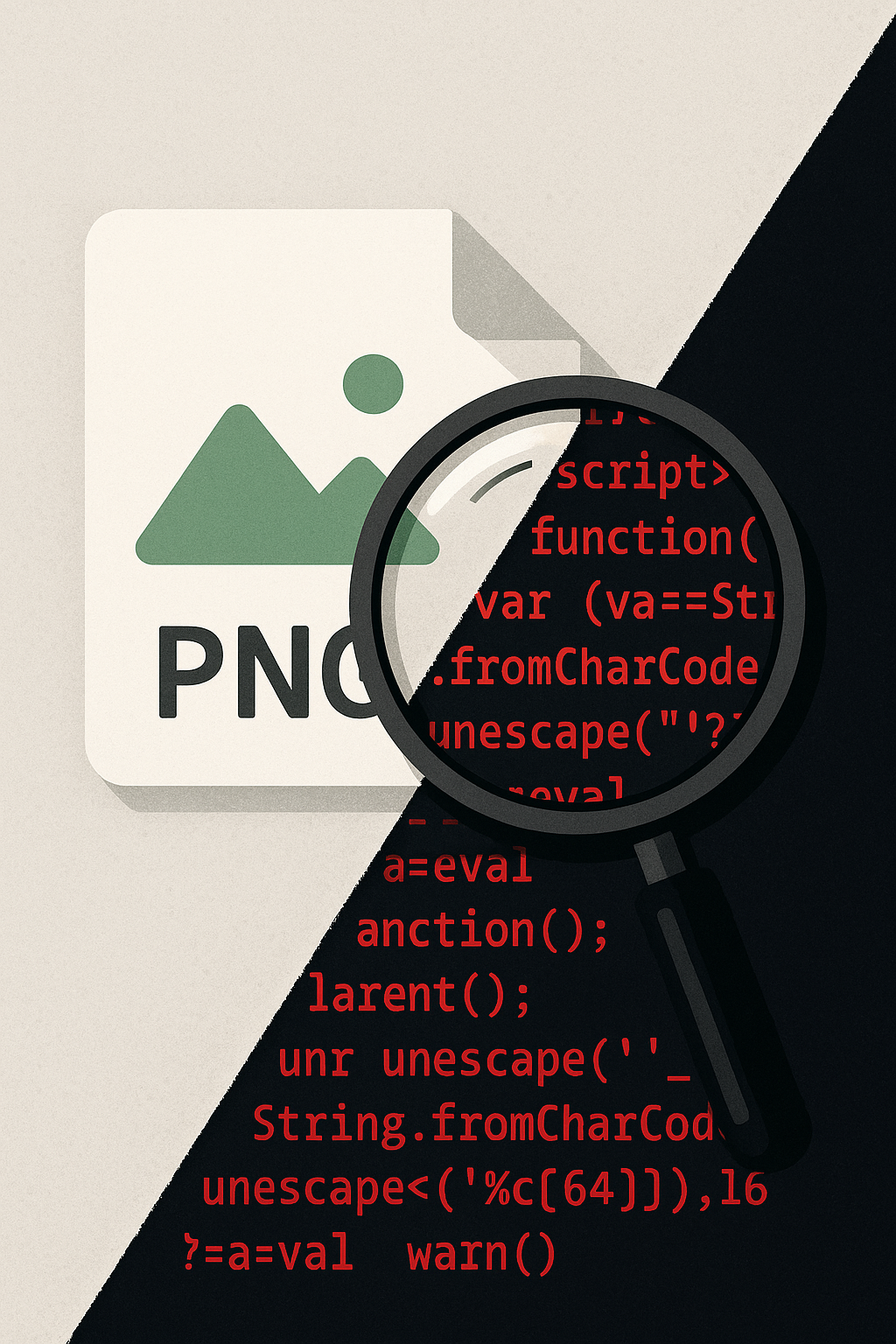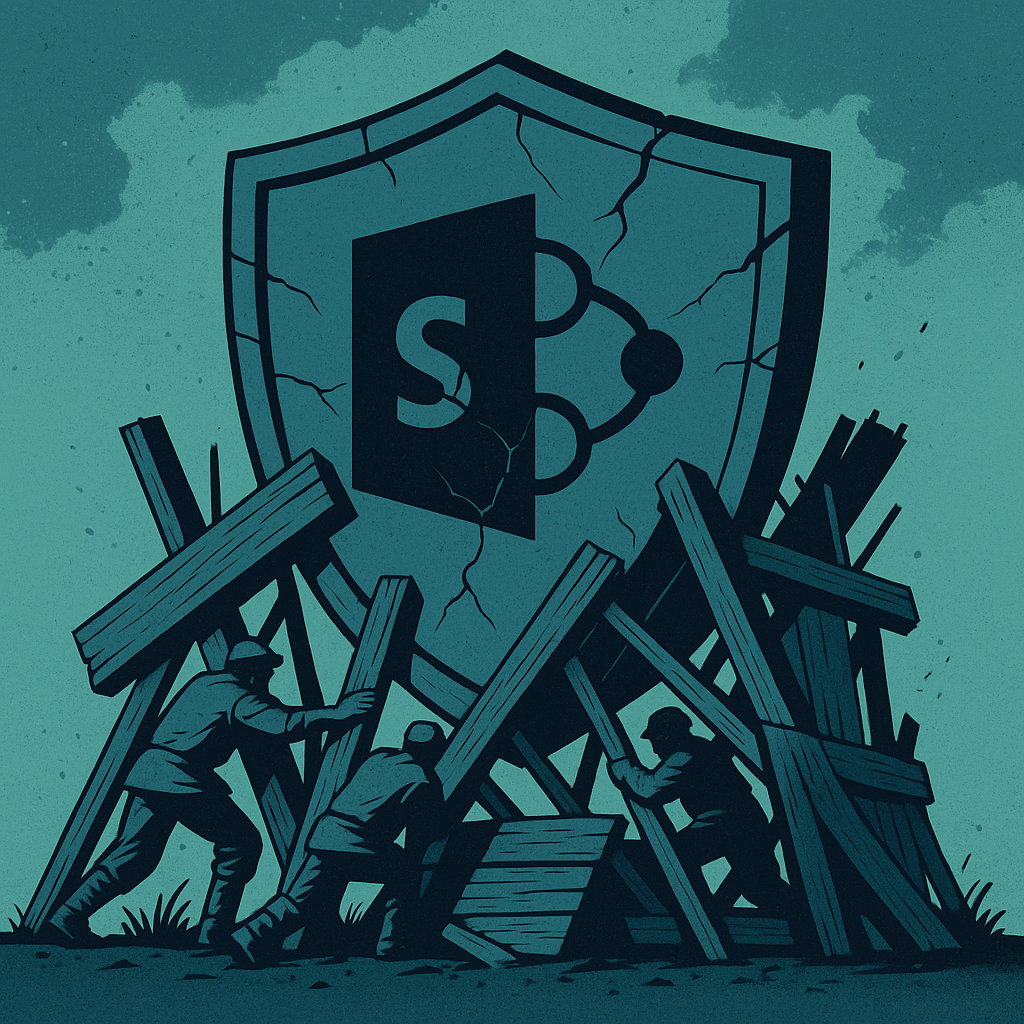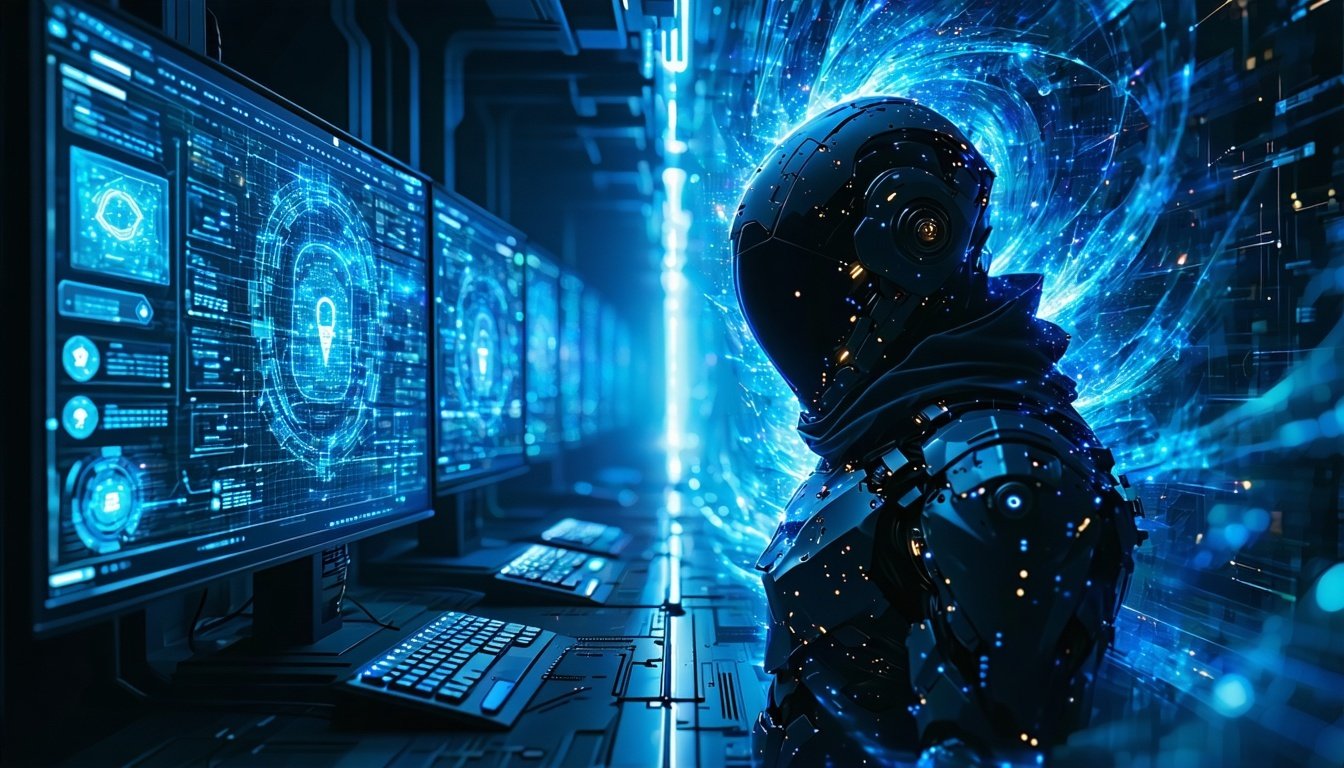By: Karrie Westmoreland
Let’s get one thing straight: artificial intelligence isn’t coming for cybersecurity. It’s already here. And it’s playing for both teams.
One moment you’re marveling at an AI-powered threat detection system flagging a rogue login at 3 a.m. The next, you’re reading about cybercriminals using generative AI to write phishing emails so persuasive even your most paranoid colleague clicks.
Welcome to the cybersecurity arms race of 2025: a tug-of-war between attacker bots and defender bots, each evolving faster than humans can blink.
Remember the early phishing days? Misspelled words, broken formatting, sketchy logos—it was like watching someone try to forge a signature with a crayon.
Now? Thanks to large language models and voice synthesis, phishing emails are slick. Perfect grammar. Accurate terminology. Tone-matched to your company’s CEO. Some attackers even run A/B tests to see which phrasing gets the most clicks—just like marketing teams.
The same goes for deepfakes. Attackers aren’t just sending sketchy links anymore. They’re calling your finance lead with what sounds exactly like the CFO’s voice. Or sending a video message asking for “an urgent wire transfer” that looks real—until you spot a blink that’s just slightly... off.
This isn’t science fiction. It’s what’s already happening.
Thankfully, defenders have their own AI arsenal—and it’s getting sharper.
Security teams now use AI to:
- Flag behavioral anomalies (like logins from two countries five minutes apart).
- Spot phishing based on tone, structure, or metadata—before the email hits your inbox.
- Detect and block voice deepfakes by analyzing biometric subtleties.
- Orchestrate automated responses—quarantining endpoints, disabling credentials, and alerting teams in seconds.
We’re no longer talking about rules-based “if X then Y” logic. We’re talking about models that learn what normal looks like for every user, every system, and every packet—and ring alarm bells when something’s even slightly off.
This isn’t just smart—it’s necessary. Because attackers don’t need to be perfect anymore. They just need to be fast. AI lets them scale social engineering attacks from dozens to millions—customized, adaptive, and persistent.
Here’s the eerie part: both sides are using the same foundation.
Transformer models. Voice cloning software. Open-source code libraries. The very tools that help red teams test defenses and blue teams automate response are now in attackers' hands. Often, it’s a matter of who iterates faster.
The difference isn’t in the tech. It’s in the intent—and the velocity of feedback. Defenders have to get it right every time. Attackers only need to get lucky once.
This AI arms race won’t be won by installing a new firewall or hosting another lunch-and-learn. It demands a mindset shift.
-
AI-first security design – Assume you’re defending against AI-powered adversaries. Choose tools that aren’t just “AI-enhanced,” but architected to handle machine-speed threats.
-
Behavior over signature – Traditional signature-based detection is obsolete. Invest in behavioral analytics, anomaly detection, and adaptive policy enforcement.
-
Layered defenses with human oversight – Yes, AI is great at pattern recognition. But judgment, nuance, and strategy? That’s still human territory. Keep people in the loop for high-stakes decisions.
-
Train your people for AI-era threats – Clicking links isn’t the only problem anymore. Employees need to know what a voice deepfake sounds like, or why an email that feels right might be weaponized.
-
Don’t trust every shiny tool – The market is flooded with “AI-powered” solutions. Look under the hood. Test for efficacy. Don’t let buzzwords cloud your stack.
We’re not fighting machines. We’re engaging in a perpetual chess match where both players are supercomputers. And yes, it’s intimidating. But it’s also fascinating.
Because for all the risks AI introduces, it also brings new superpowers to defenders who know how to wield it. It’s not just a race to stop threats—it’s a race to see who can adapt faster, think smarter, and stay two steps ahead.
So whether you’re writing detection rules, designing architecture, or just trying to keep your company’s crown jewels out of the dark web—you’re in this race.
And the bots are already sprinting.
Subscribe To Our Newsletter
Get updates and learn from the best
More To Explore


